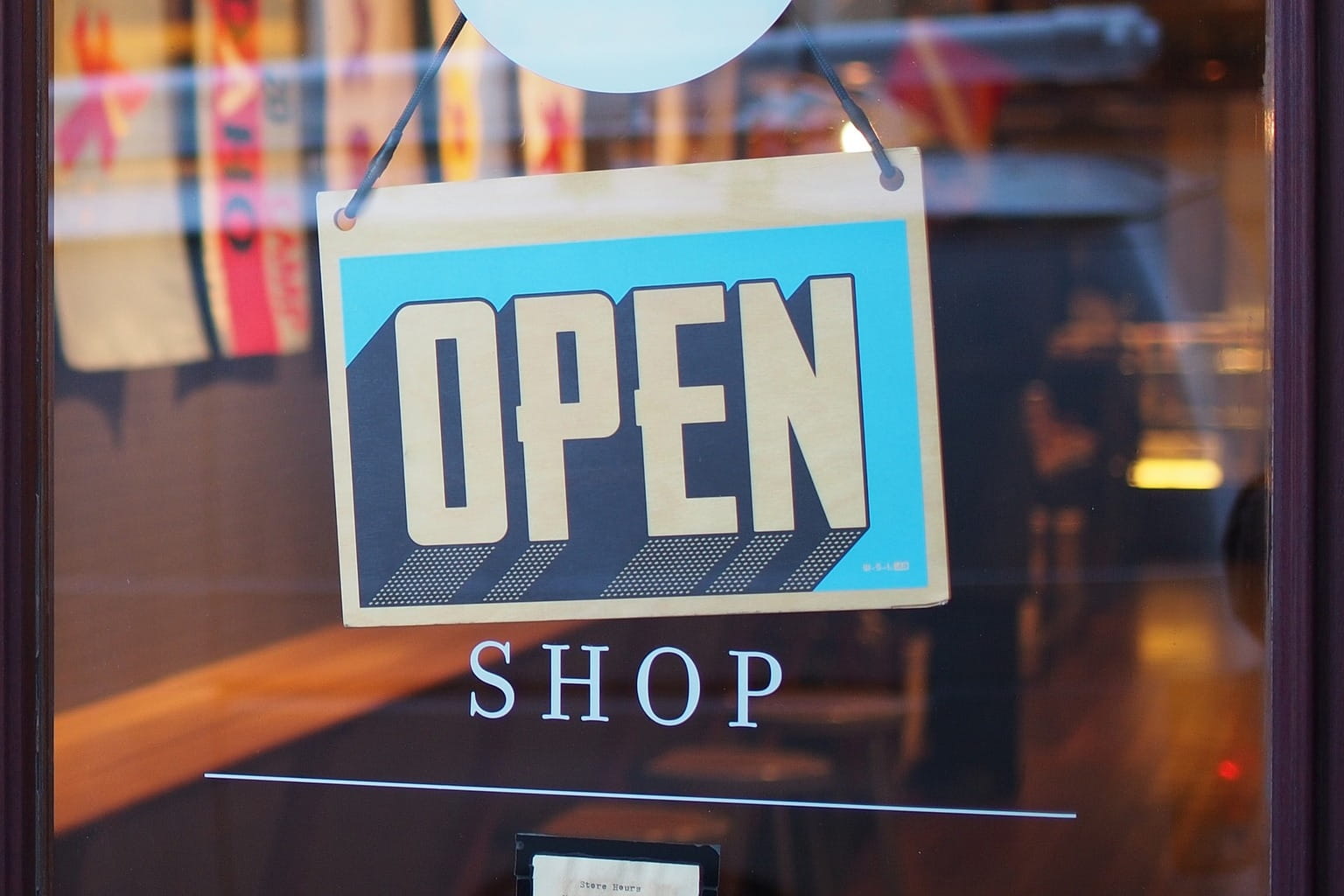“Electric-Commerce” …it’s not as complicated as it seems.
WHAT IS ECOMMERCE?
Ecommerce is a word thrown out a lot by the Marketing community, but what exactly does it mean? For all of those beginner marketers, electronic commerce, or ecommerce, is not as terrifying a concept as it sounds. Ecommerce is when you use the internet for transacting or facilitating business. Simple! Some common examples of ecommerce include: online shopping, electronic payments, online auctions, online banking, and online ticketing.

There are three different classifications of ecommerce: business to business (b2b), business to consumer (b2c), or consumer to consumer (c2c). Business to business ecommerce is where you have two businesses conducting transactions online. For instance, wholesale, distribution relationships with retailers, selling to organizations (schools, nonprofits, etc.), and suppliers selling to resellers are all example of b2b ecommerce.
Streamline your #business transactions (cheaply!) with ecommerce solutions.
In comparison business to consumer ecommerce is where businesses sell their products online to end-consumers. For instance, if you buy a shirt online from H&M, this is b2c ecommerce. Finally, consumer to consumer ecommerce is where two consumers are partaking in an online transaction. There are more or less non-existent these days, but a great example of C2C ecommerce are online auctions.
Ecommerce is a great way to streamline transactions at a lower cost. It eliminates the hassles and limitations of time and geographical distance. With the influx of new technologies ecommerce has become an integral part of business.
.medium.jpg?1504555810451&__64_data=null)
In an increasingly hectic world, it is a convenient way for many people to shop. On average 51 percent of Americans shop online, and that number is only increasing with Ecommerce growing by approximately 25 percent year to year. As online shopping continues to grow, It is imperative that businesses invest in an ecommerce strategy. More specifically, businesses need to make sure they are investing in a strategy that focuses on Millennials.
Millennials comprise a significant portion of the buying population and are spending a significant amount of time online shopping. About 67 percent of Millennials prefer online shopping to traditional brick and mortar. It is in imperative for businesses to invest in an ecommerce strategy, but to also make sure they are catering it to the Millennial generation. Here are some tips to help you with your ecommerce strategy!

HOW TO INTEGRATE MILLENNIALS INTO YOUR ECOMMERCE STRATEGY
1. Go mobile
Gone are the days where . They are a mobile-centric generation, and as such perform most of their shopping with their smartphones. If you are not building an ecommerce strategy with mobile in mind, you take the chance of becoming irrelevant in a couple of years.
2. Optimize your social
This means investing in ads on facebook, twitter, etc., as well as including social on your ecommerce sites. Make sure you are engaging your customers with product reviews and testimonials, and links to social logins. Keep the conversation alive and relevant!
3. Use high quality visuals
Millennials love visuals and need them to make online purchasing decisions. Make sure you are investing in high quality images that make your products look great, and that make your customers feel like they are holding your products in their own hands.
4. Personalize!
Personalization is a big trend right now. Personalization helps humanize your brand and helps to develop a relationship between you and your consumers. Give suggestions based off previous purchases or make real time offers with customized coupons.
5. Keep it simple.
Make sure you invest in fast load times and an easy-to-navigate experience. Keep the checkout process as easy and as quick as possible. Limit the amount of steps your consumes need to make and the pages they need to visit in order to complete a purchase.
#Ecommerce grows by 25% each year, don’t miss out on this trend!
Need some help building up your ecommerce strategy? Fabl can help! Storytelling in Fabl leads to better consumer engagement. Your audience wants to read your next story, and buy your products. Make it easy through the Shopify integration. Not only can you create rich stories, you can insert beautiful product opportunities that increase the likelihood of your audience member turning into a loyal customer. Repeat this cycle and grow your brand into a valued content destination.